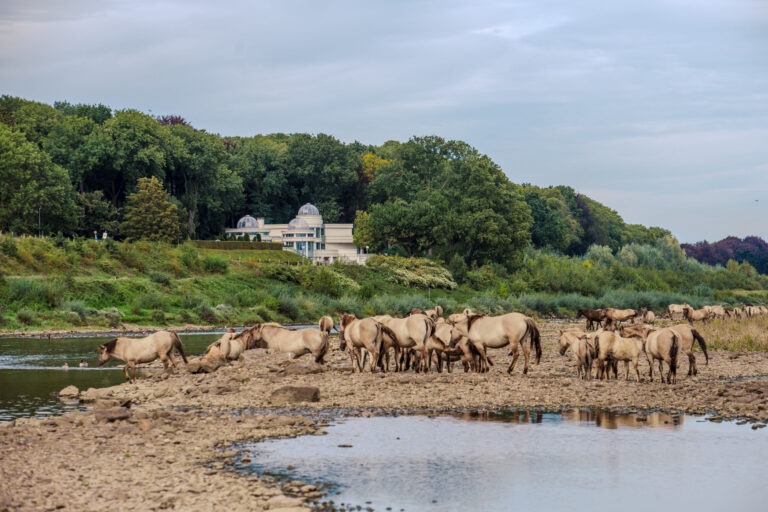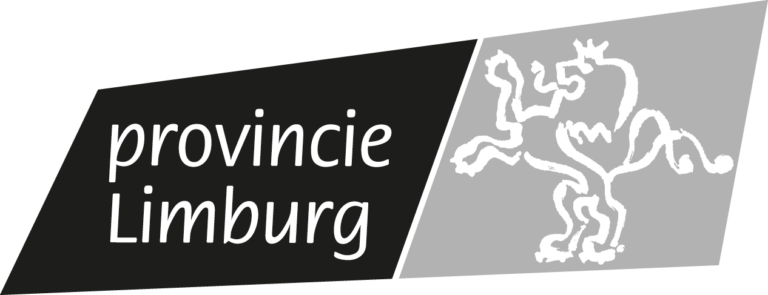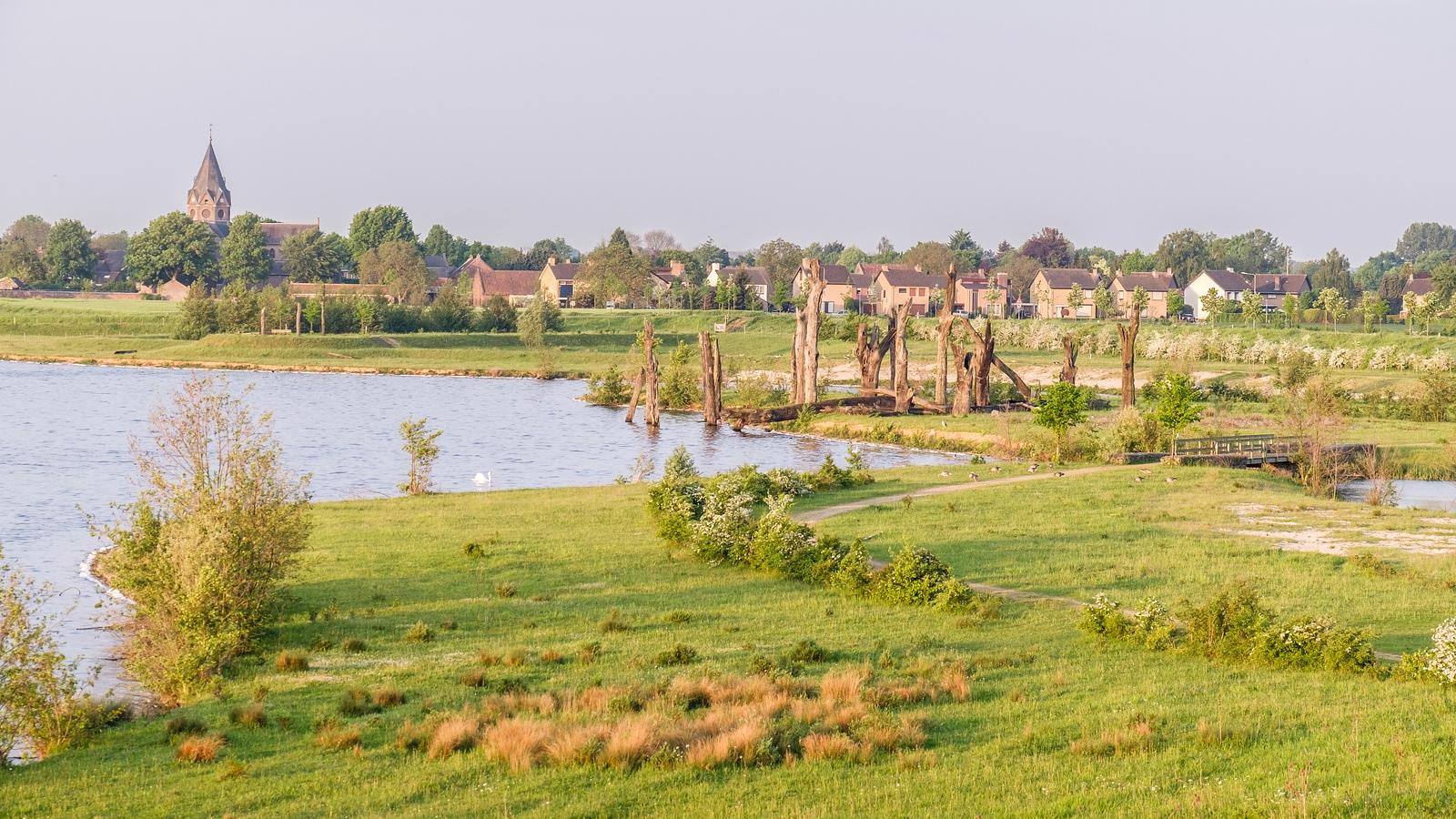
© Erwin Christis
Roosteren and Stevensweert
About the villages
The Roosteren town centre is located in the west of Echt-Susteren and is only separated with Maaseik (Belgium) by the bridleway ‘De Rug’ and the river Meuse. The name Roosteren used to occur as: Rosusteren, Rufsusteren, Rustren, Roesten and Roesteren, Rosteren and Roisterad. It is an amalgamation of Rode and Suestra. Roosteren originated at the confluence of Roode Beek and Geleenbeek, and is probably a development from Susteren Abbey in the early 8th century.
In Roosteren, you will find yourself in the Smallest Piece of the Netherlands (municipality of Echt-Susteren). Literally. Within an hour you can walk from Belgium, through Roosteren to Germany. This region is also highly recommended for cycling. Echt-Susteren is a green base for those who really want to get to know Limburg and Europe. The cathedral of Aachen, cycling to Maaseik for a beer on the market, to the Vrijthof square in Maastricht; it doesn’t take long to get there.
North of Roosteren, you bump into the historic site of ‘Cantelmo’, and Stevensweert also breathes the history of Spanish occupation in the Netherlands. It is an example of one of the best-preserved star-shaped ramparts. The village centre is also dotted with monuments, and is therefore protected. Just outside the village centre, on the Molenplas (a former gravel lake), you’ll find national monument ‘De Hompesche Molen’.
Available activities
Hiking
The surroundings of Roosteren and Stevensweert are ideal for exploring by foot. You mainly walk in rural surroundings, along the Meuse you can have a nice stroll and in the village centres of Roosteren and Stevensweert you can soak up history. Via the Meuse bridge in Roosteren, you can quickly reach the other bank of the Meuse, allowing you to explore the Flemish hiking area Aldeneik. For those who like to get started, some tips:
- Node walking in Echt – Susteren and Maasgouw: In an easy way, you walk from node to node and explore the municipality. This system can be compared to the cycle route network. There are also ‘nodes’ in node walking where several routes cross each other.
- Strolling in nature reserve De Rug (opposite Maaseik, BE). This is home to the largest herd of Konik horses in the RivierPark Maasvallei. The area around the Molenplas is also a lovely nature reserve for walking. You can take a rest at the Hompesche Molen.
Set off on a walk with a MaasVerkenner (Meuse explorer) or a historical guide in Stevensweert.
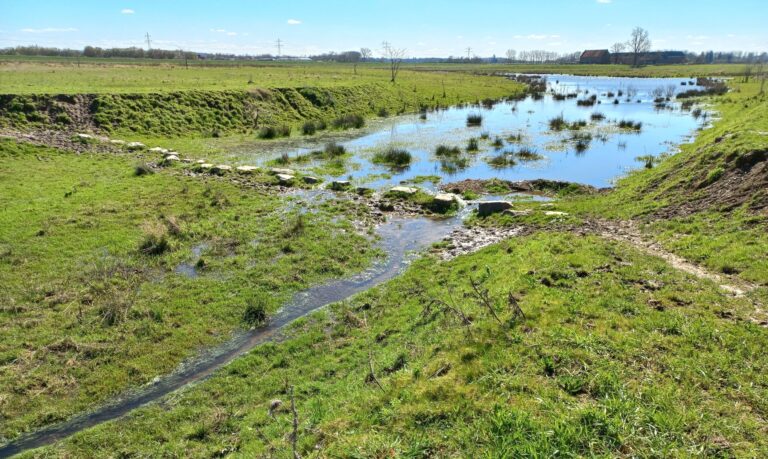
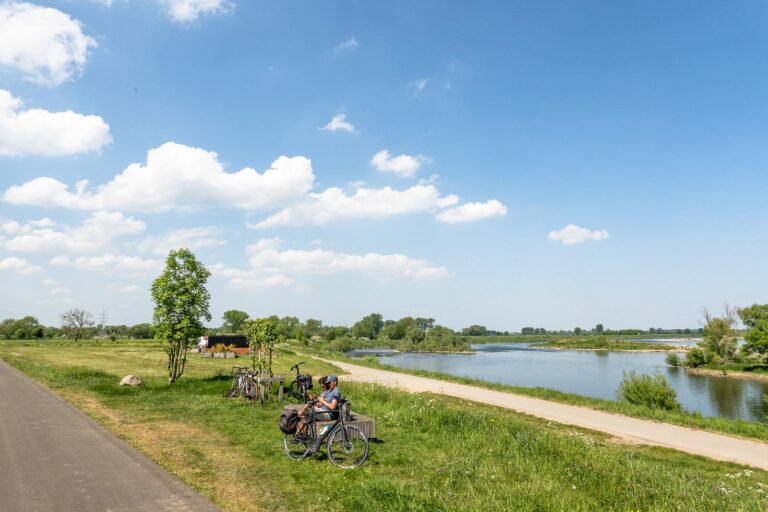
Cycling
The Municipality of Echt-Susteren is an ideal place to explore the international environment by bike. Thanks to cross-border cooperation between the different municipalities, attractive and safe cycling routes have been created. The Drielandenfietsroute is a good example of this. Via the cross-border cycling junction system, it is also possible to cycle from Germany via the Netherlands to Belgium and back again in one afternoon. An absolute must! Click here to download the Drielandenfietsroute for free.
Cycling in and around Stevensweert is also great. Boarding is possible at the spacious car park on the Sportlaan (between junctions 1 and 39.
You can compile other cycling routes in the RiverPark using the cross-border thematic cycling map RiverPark Maasvallei.
Visiting
- Streekmuseum Stevensweert. Did you know that a combi-ticket has been worked out between this and 4 more museums in the area?
- Museum of the woman in Echt
- nature reserve De Rug
- nature reserve Molenplas
- The Hompesche Molen, which still operates from time to time
- With the free Archeoapp, you can bring back to life the history of Fort Cantelmo north of Roosteren.
